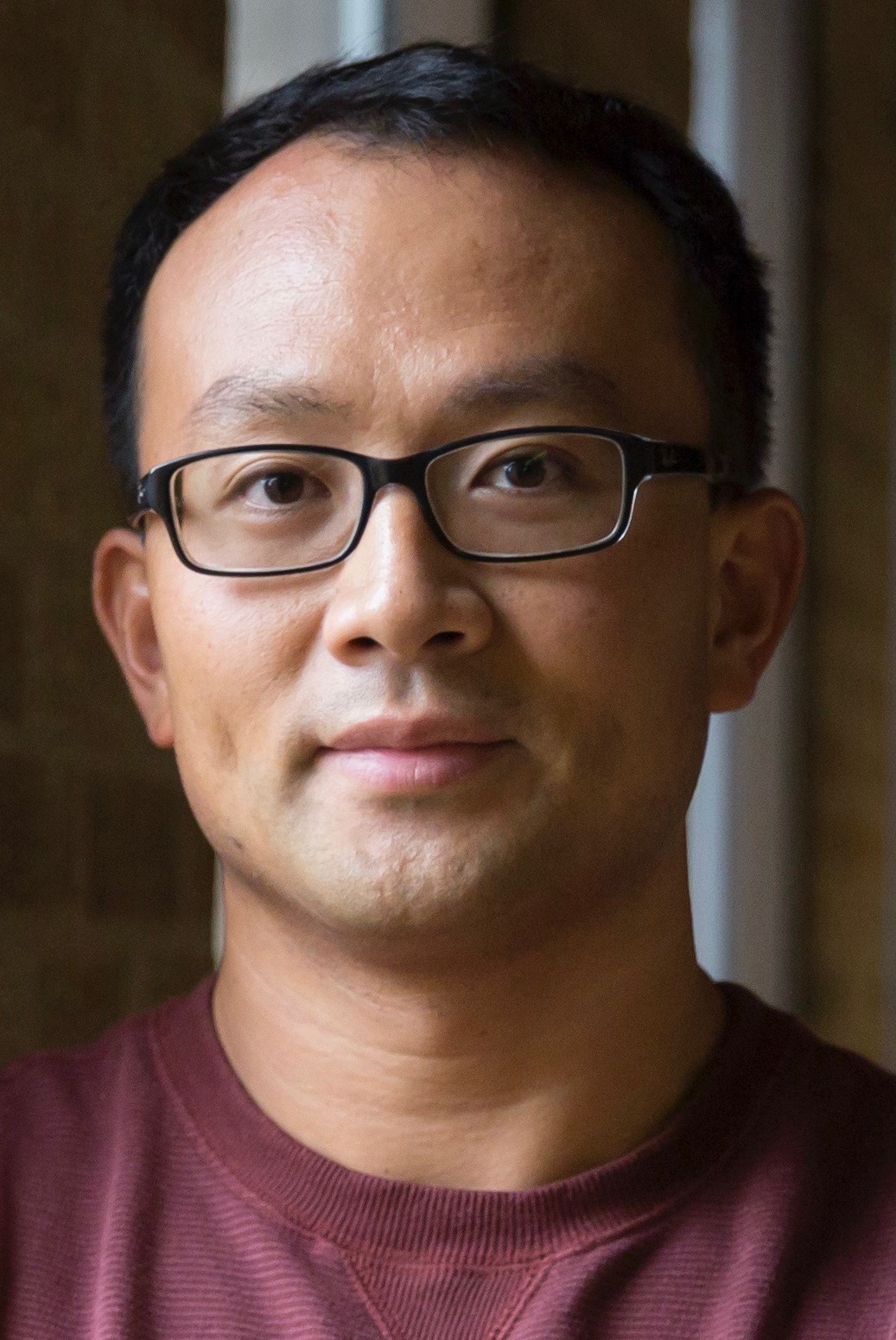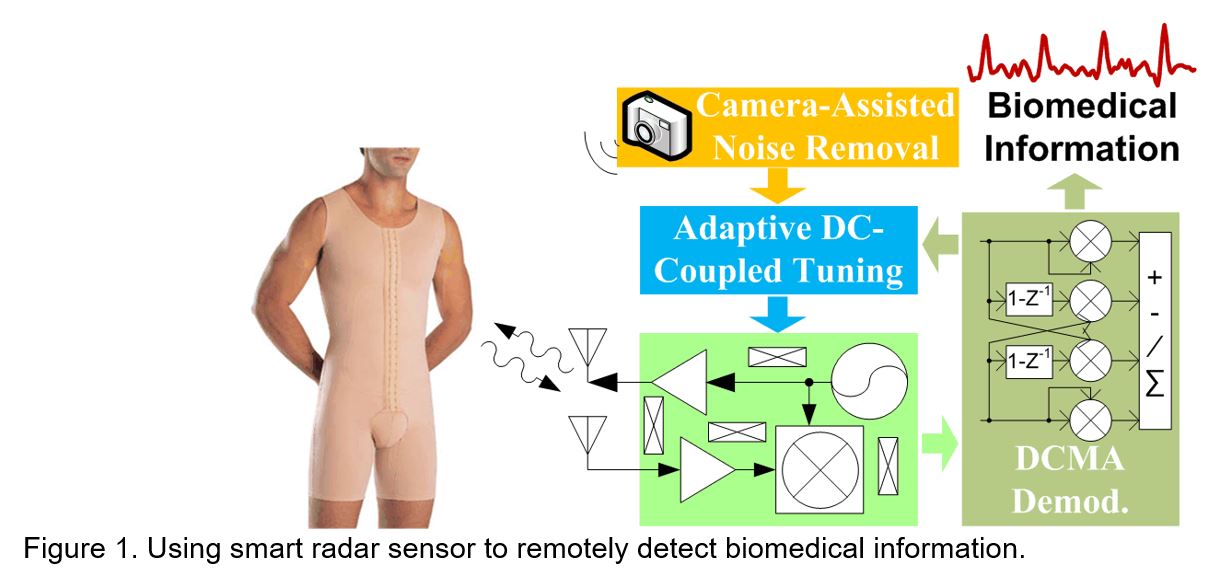CAREER Award

Dr. Changzhi Li,
changzhi.li@ttu.edu
Smart Radar Sensor for Pervasive Motion-Adaptive Health Applications
Layman's abstract
With microwave Doppler radar phase modulation, physiological motions that reflect respiration and heartbeat information can be monitored remotely without anything attached to a person. On the one hand, this technology is ideal for health monitoring over extended periods of time, since it neither confines nor inhibits a subject and does not cause discomfort or skin irritation as other devices do (e.g. electrodes and straps). On the other hand, it may achieve what other devices could not in fast remote identification of vital signs, which indicates promising applications such as remote diagnosis, search and rescue of victims after natural disaster, remote monitoring and surveillance. Moreover, recent integration of this technology with radiation oncology imaging processing has offered a very promising solution in tracking mobile tumors in lung cancer patient during radiotherapy.
While this technology predicts an attractive way to replace commonly prescribed chest-strap or fingertip monitors, it has not really entered the human life due to the following critical limitations. First, because physiological motion is very weak compared to possible random body motion and sensor shaking, the noise caused by random body motion may easily overwhelm the physiological signals to be monitored. Second, although speed and frequency of physiological movements can be detected, till now it has been difficult to reliably uncover the original movement pattern, which has much more health and scientific importance than simply the ‘rates of respiration and heartbeat'. Last but not least, not sufficient work has been done in the past to address the issues of integrating the system in a low-cost small chip/package/module so that it can reach out to the daily routine of ordinary people.
Dr. Changzhi Li's group in the ECE department of Texas Tech University aims to resolve these problems using novel adaptive circuits and sensor fusion. A ‘smart' portable biomedical radar sensor will be devised for pervasive motion-adaptive health care based on a hybrid of radar and camera solutions. Agile RF/analog circuits and demodulation algorithms will be developed to realize software configuration to sensor hardware. Furthermore, a CMOS radar-on-chip solution will be conceived to demonstrate the feasibility of truly portable biomedical radar devices that could be as popular as an iPhone.
If successful, this research can be directly used for the monitoring and treatment of sleep apnea and sudden infant death syndrome. When configured as a nonlinear vibrometer, the radar will also advance approaches to monitoring rotating and reciprocating machinery in the transportation and manufacturing industries. Dr. Li's research will provide a thorough understanding of the capability and limitations of continuous wave radar sensors for short-range applications. The studies are at the crossroads of engineering and health care disciplines, and will enable unique educational opportunities in engineering curriculums.
Electrical & Computer Engineering
-
Address
Texas Tech University, Box 43102, 910 Boston Ave., Lubbock, TX 79409 -
Phone
806.742.3533 -
Email
ece@ttu.edu

